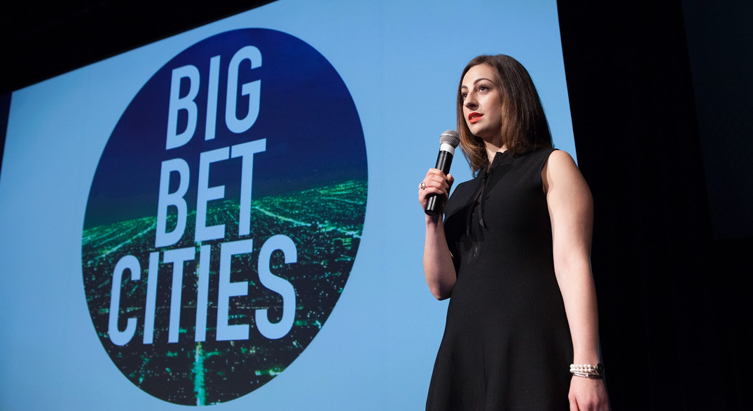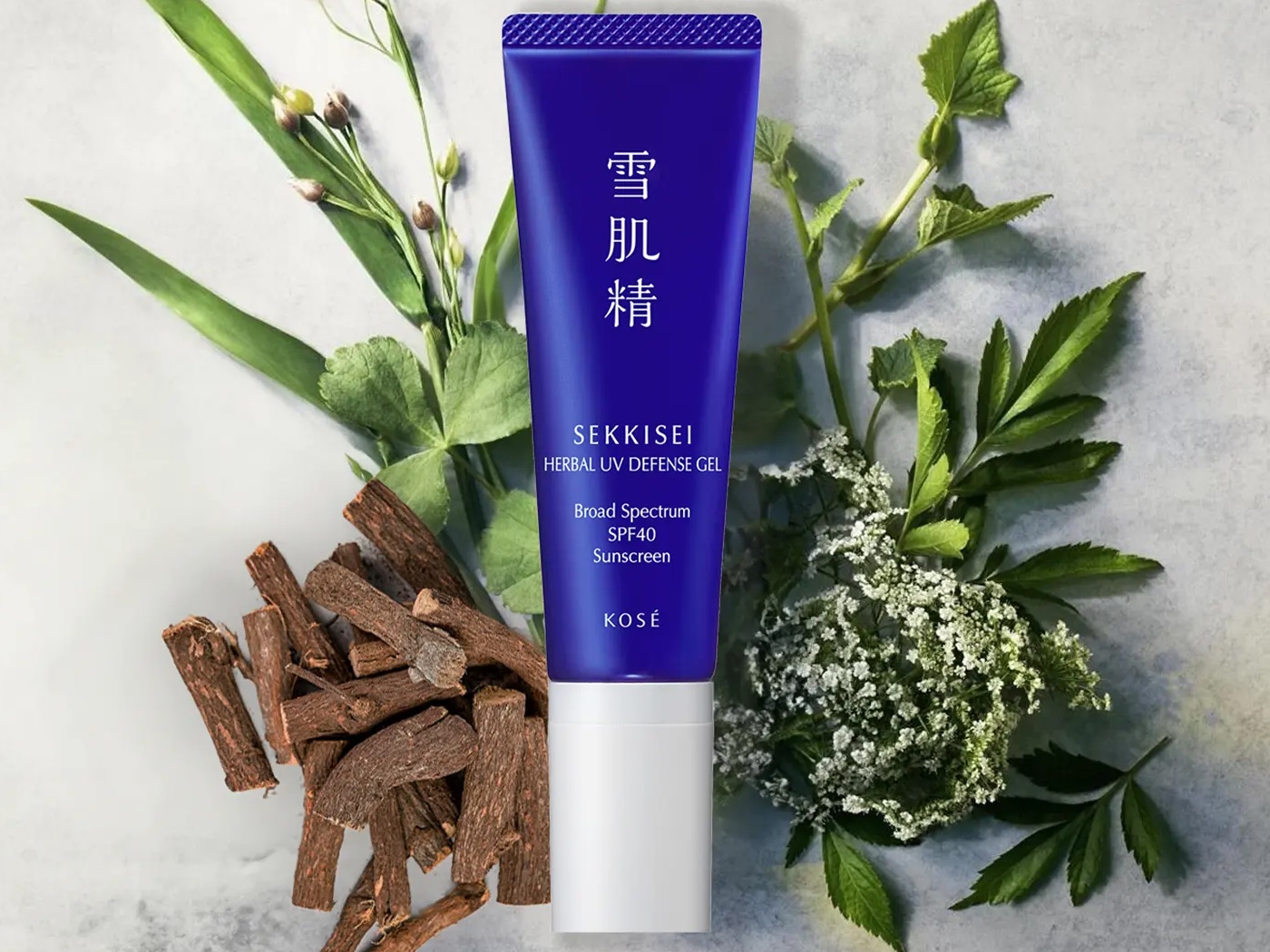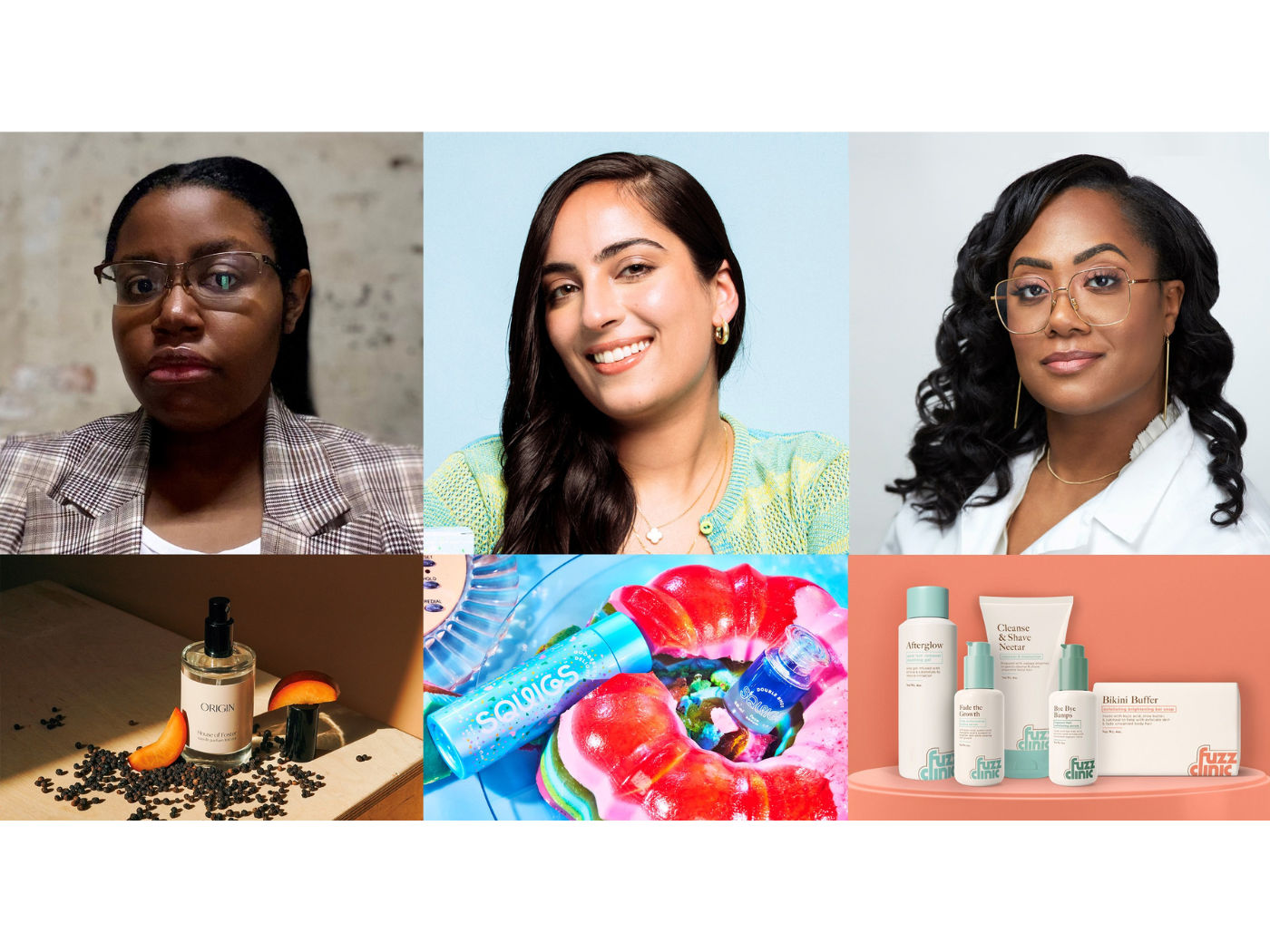The luxury category will continue to evolve in response to shifts in sophisticated consumers’ preferences and values through to 2030. And the brands that are able to read their minds, creating experiences they desire where they aspire to be, will likely win their loyalty and market share.
That was the sentiment coming from the graduating students of the Fashion Institute of Technology’s Master of Professional Studies (MPS) in Cosmetics and Fragrance Marketing and Management (CFMM) annual Capstone research event June 3, titled “The Future of Luxury: Global Research Insights, Emerging Trends, and New Business Models for 2030.” During the program, students unveiled their findings, insights and recommendations that echoed this overall theme of evolution and experiences.
The event – sponsored by LVMH Perfumes & Cosmetics, North America, with research partner, The Boston Consulting Group (BCG) – was held at the Morris W. and Fannie B. Haft Auditorium. Pamela Baxter, President and Chief Executive Officer, LVMH Perfumes & Cosmetics, North America and President, Christian Dior Couture Inc., explained to the audience that a goal of this year’s Capstone was to benchmark the CFMM program’s prior research on the luxury sector and include original quantitative research, conducted in partnership with BCG.
“LVMH has now sponsored research on the luxury industry with the FIT Master’s Program two times in the past eight years, partnering with IDEO in 2007 and Boston Consulting Group in 2015,” said Pamela. “The extraordinary students in the program have yet again achieved provocative, cutting edge insights, fueled this year by a proprietary study done with BCG, that provides actionable strategies for luxury retail, luxury consumer relationship management, and overall organizational management. As we did in 2007, we will again bring the findings internally to LVMH and highlight this work, to inspire our own teams and brands.”
The graduates consolidated their findings to present three topics – new luxury consumer values, new luxury platforms and new epicenters of luxury – and how lasting memories, “centers of creation” flagship stores, and like-minded cities will drive sales in the luxury market of the future. The class of 2015 partnered with BCG on designing a consumer survey to assess emerging luxury consumer values entitled “BCG FIT Global Luxury Customer Survey” which was conducted by BCG with a total of 3,000 luxury consumers comprised of panels of 1,000 respondents each from the U.S., India and China.
The first group of graduates focused on new luxury consumer values. They noted that brand loyalty is disappearing and highlighted that most consumers would not care if 73 percent of brands disappeared tomorrow. So how do they recommend grabbing the luxury consumer of the future’s attention for eight seconds – the length of time they noted the human attention span to be – and drive them to purchase? By creating last memories, of course. Emotionally charged memories will influence the purchases of tomorrow’s luxury consumer and Sensory Appeal, Delayed Gratification and Disruption are three triggers that can be used by brands for successful memory creation. The survey also identified that consumer values across the U.S., India and China are family, time and health. Therefore, taking these values into account to connect with consumers in a meaningful way will help drive sales. The three strategies developed include: Consumer First, MOODmetrics and Metamorphic Branding.
The second group spoke about new luxury platforms and noted their goal was to leave the audience with a few actionable ideas on how to navigate the blurring lines between retail and experience as the future belongs to those that “can win the battle over time.” The group emphasized that today’s consumers have more distractions that ever with Millennials – who prefer to spend money on experiences versus products – spending about 5.4 hours a day on social media. The next decade is all about the customer – and 65 percent of retail growth is anticipated to come from the consumer versus door expansion. Therefore, the group’s recommendations focused on transforming the four key retail pillars – assortment, service, navigation and product – into the four new elements of: discovery, relationship, journey and experience. The goal: to capture the future luxury customer’s share of time across brick-and-mortar channels.
The final group concentrated on the new epicenters of luxury and expanded on how growth will become more and more concentrated in cities as we move towards 2030. They proposed rethinking traditional borders (currently determined by country or region) with strategies that include patterning cities with similar luxury purchasing habits and consumer values to predict the next “Big Bet Cities.” The Dynamic Market Scorecard (DMS) – a set of metrics that help businesses take a deeper dive when assessing cities – was proposed to provide a framework for the global patterning process and serve as a model that can be used to predict future luxury growth and help identify the next “Big Bet Cities.” Additional recommendations included relocating top talent to “Big Bet Cities” based on size and importance as well as reallocating resources to optimize and leverage them with cities that boast similar characteristics.
Professor Stephan Kanlian, chairperson of FIT’s CFMM program, explained that preparation for the Capstone began in October 2014 when he met with Pamela Baxter and Sarah Willersdorf, a New York-based partner at BCG, about the possibility of partnering on Capstone research focused on the luxury field. The study kicked off with a workshop at LVMH in January and the students “globalized their research in March, during their two week Asia Field Study, which included a meeting with BCG in Shanghai, Tokyo and Seoul,” Stephan said. The customer survey developed by the students, and mentored by BCG, was fielded in March and April. The students then worked with BCG New York and Paris through May to analyze the raw data and present the top line findings at the FIT Capstone event on June 3, all while simultaneously working since January on the three qualitative studies on ‘The Future of Luxury.’”
“With the stellar reputation of past Capstone projects and BCG as our research partner, we had a wealth of resources at our disposal that allowed us to think beyond normal boundaries, to dream without consequence and to challenge ourselves to live up to the potential the program and our companies saw in us,” said Corey Moran, Director of Marketing at Coty Prestige and 2015 graduate of the CFMM program. “There are few educational opportunities where the research and findings are not only academic, but are treated as actionable insights that the industry is hungry for. The project was an immense undertaking, but it allowed me to further enhance my leadership and strategic thinking skills and helped me uncover solutions that I have already begun to utilize in my professional life.”
Amanda Bopp, Account Director at Dunnhumby and member of the CFMM class of 2015, offered advice to emerging beauty industry executives interested in the program. “If you’re open to learning, to stretching yourself, and to working hard, the program is the right place for you,” said Amanda. “The faculty at FIT trains you to look at the world with fresh eyes, to constantly challenge what is and to push the boundaries of what could be. I am stronger personally and professionally for having participated.”
Full research white papers for The Future of Luxury, along with white papers for past presentations, are available here.




